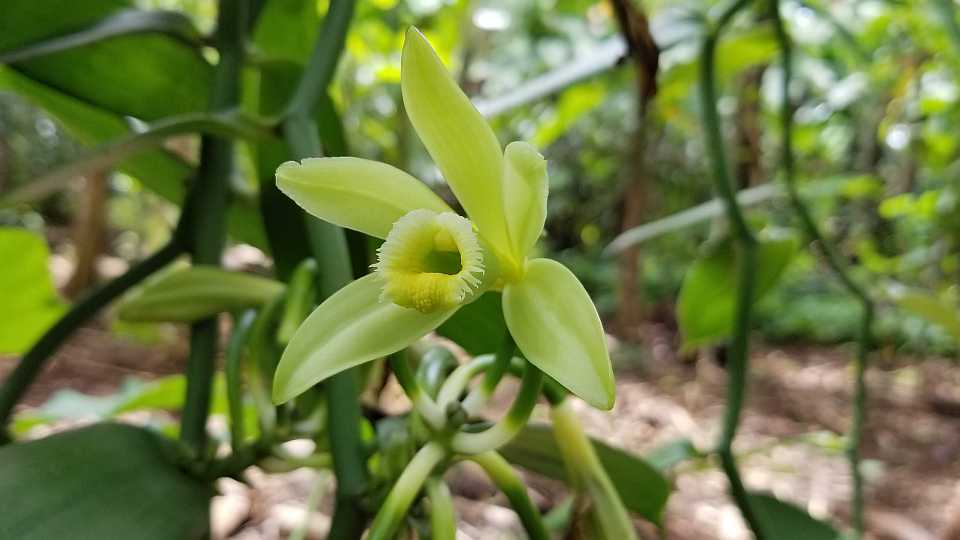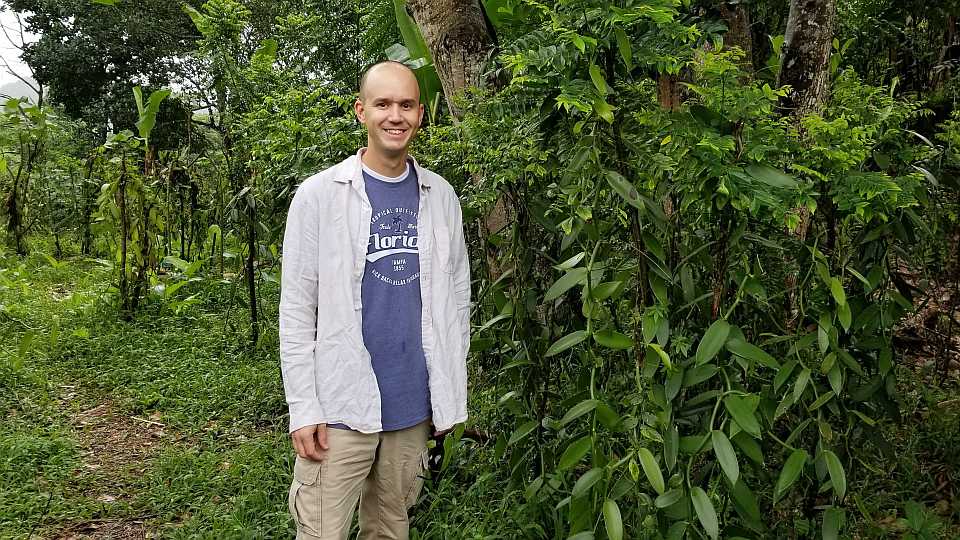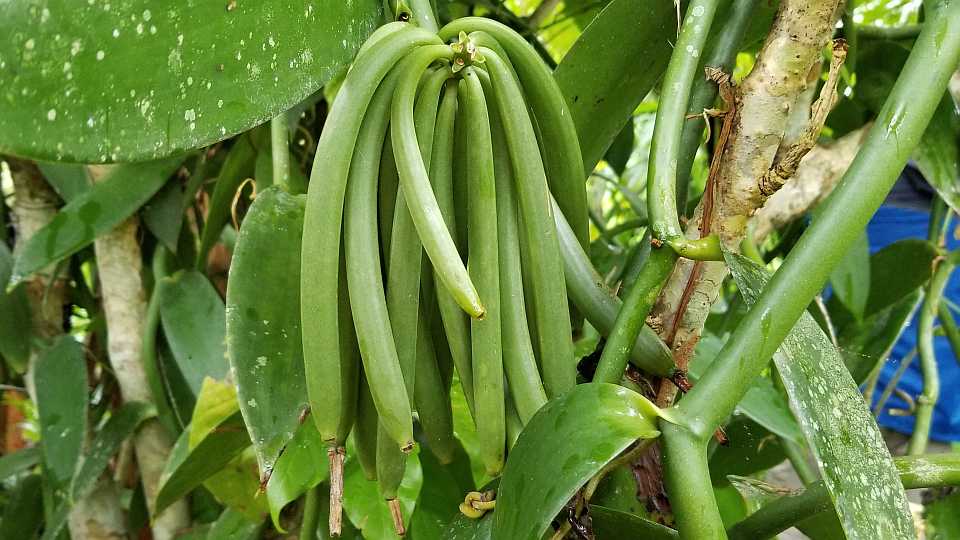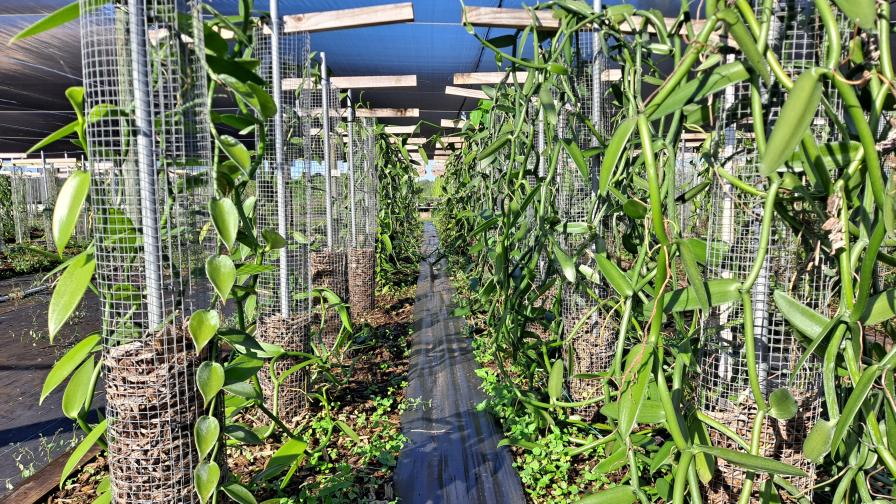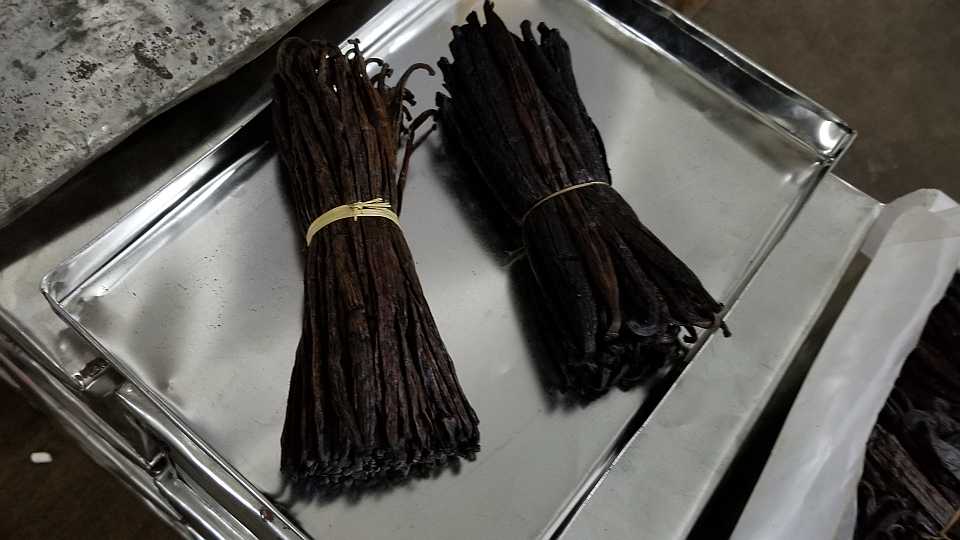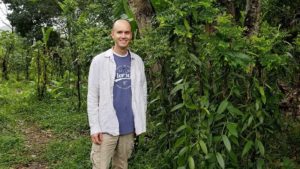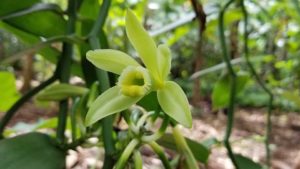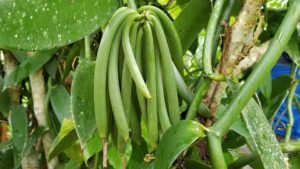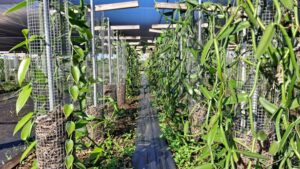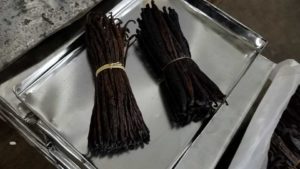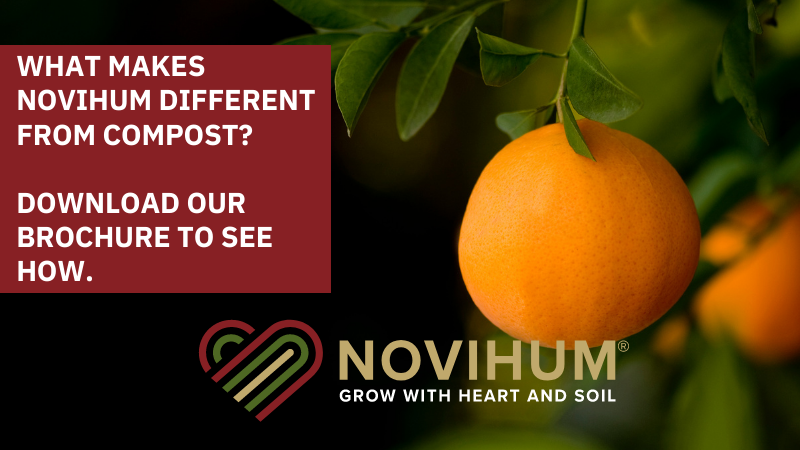Vanilla Plant Growth Success for Florida Found in the Genes
There is nothing plain about peoples’ affinity for vanilla. Just recently, frozen treat giant Häagen-Dazs revealed America’s favorite ice cream flavor for 2020 is … vanilla. Yep, out of the mountain of other flavors, vanilla rises to the top. This is good news for interested plant researchers and growers in Florida seeking to find a niche for the alternative crop. Each day, they are coming closer to realizing potential of the vanilla plant.
In the latest research milestone, University of Florida scientists have come up with a tool to unlock the genetic traits that pinpoint the ideal varieties of vanilla for yield and taste. Alan Chambers, Tropical Plant Geneticist at the UF/IFAS Tropical Research and Education Center (TREC), co-led the generation of a “chromosome-scale” sequencing of vanilla’s DNA, working in collaboration with North Carolina-based food and agriculture company Elo Life Systems.
According to UF/IFAS, four vanilla species were sequenced from a 300-plus collection established at the Homestead research facility. As a result, genetic information was revealed, which lays the groundwork for desired traits.
“The vanilla genome reported in this study will enable accelerated breeding of vanilla pods with improved bean quality, plants with superior disease resilience and higher yields to support a new domestic market,” Chambers says.
The instructions in a genome are made up of DNA, which contains a unique chemical code that guides development, growth, and health. For vanilla, this includes functions like how to make leaves or roots, how the plant responds to pathogens and how the plants make the aroma of the beans.
For the genomic sequence, Chambers relied on various cultivars from the TREC collection: Vanilla planifolia, Vanilla tahitensis, Vanilla mexicana, and Vanilla pompona. A re-sequencing of related cultivars resulted in a genome blueprint that will serve as the tool to growing the ideal cultivar.
Among key findings, Chambers explained that while all commercial vanilla plants are vulnerable to a fungal pathogen, related species such as V. pompona are resistant to the pathogen and could provide a genetic route to creating a disease resistant V. planifolia.
“If a grower has a cultivar that grows better with fewer chemical inputs and tastes better, that is going to be a premium advantage for South Florida,” adds Chambers.
In case you didn’t know: Madagascar supplies more than 80% of the world’s vanilla. The U.S. is the biggest importer of vanilla beans. As a spice, is it is the second most expensive, only behind saffron.
Click here for detailed results of the study published by Nature Food.




